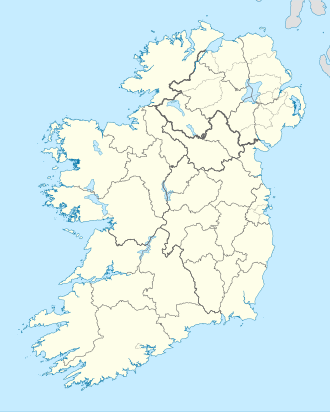This article needs additional citations for verification .(February 2019) |
Native name: Acaill Bheag | |
|---|---|
 Achillbeg's lighthouse | |
| Geography | |
| Location | Atlantic Ocean |
| Coordinates | 53°51′N9°57′W / 53.850°N 9.950°W |
| Administration | |
| Province | Connacht |
| County | Mayo |
| Demographics | |
| Population | 1 (2016 census) |

Acaill Bheag, or Achillbeg, [1] is a small island in County Mayo, Ireland, just off the southern tip of Achill Island. The island is located within a Gaeltacht (Irish speaking) area. [1]

